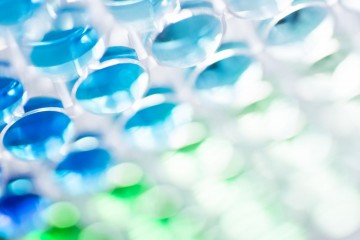PhD Studentship
3D bio-printing human pluripotent stem cell-derived skeletal muscle constructs for disease modelling and drug discovery

At a glance
Completed
Award date
November 2020 - June 2024
Grant amount
£90,000
Principal investigator
Dr Yung-Yao Lin
Co-investigator(s)
Institute
Queen Mary University of London
R
- Replacement
Read the abstract
View the grant profile on GtR
